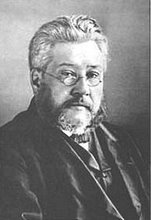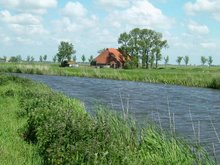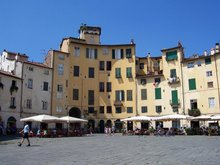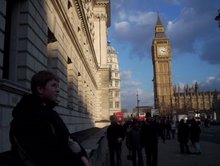Some facts about Isla del Coco
 Size: 2,400 hectares of land 18,575 hectares of sea; distance from San José: 600 kilometers; dry season: January through March
Size: 2,400 hectares of land 18,575 hectares of sea; distance from San José: 600 kilometers; dry season: January through March
This island was discovered in 1526. Because of the islands wealth of coconut trees and plentiful drinking water, the island became very well known and served as a good hide-away for the pirates and privateers who flourished along the Pacific coasts of Spanish America in the 17th and 18th centuries. Cocos Island often called Costa Rica's Galapagos. The similarities are its great distance from the mainland, the endemic species, and the great expense involved in getting there.
Cocos Island often called Costa Rica's Galapagos. The similarities are its great distance from the mainland, the endemic species, and the great expense involved in getting there.
This isolated island, located more than 500 kilometers from Costa Rica's Pacific coast, is of volcanic origin. Its great distance from possible sources of colonizing plants and animals has made it a natural laboratory for evolutionary biologists.
The two lizard species must have arrived on rafts of vegetation. Both species have close relatives living in Central and South America. There is also at least one endemic species of freshwater fish, Cotylopus cocoensis. It too has relatives on the mainland, in Panama to be exact, but the only conceivable way that its ancestors arrived here would be as eggs on the feet of birds.
Interesting link with some more exciting information about this treasure island.





.jpg)



























1 comments:
I like to read explanations like these:
"The two lizard species must have arrived on rafts of vegetation. Both species have close relatives living in Central and South America."
"There is also at least one endemic species of freshwater fish, Cotylopus cocoensis. It too has relatives on the mainland, in Panama to be exact, but the only conceivable way that its ancestors arrived here would be as eggs on the feet of birds."
I don't have all the answers, but it seems like we always need to find a 'logical' explanation - but maybe this is just one of life's unsolved mysteries? Or did the pirates take some lizards and fresh water fishes with them?
Post a Comment